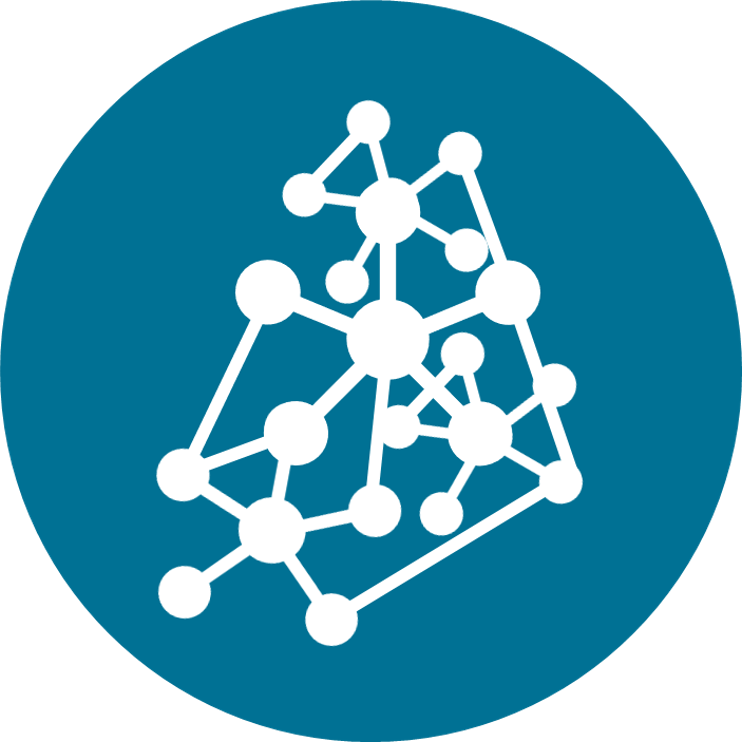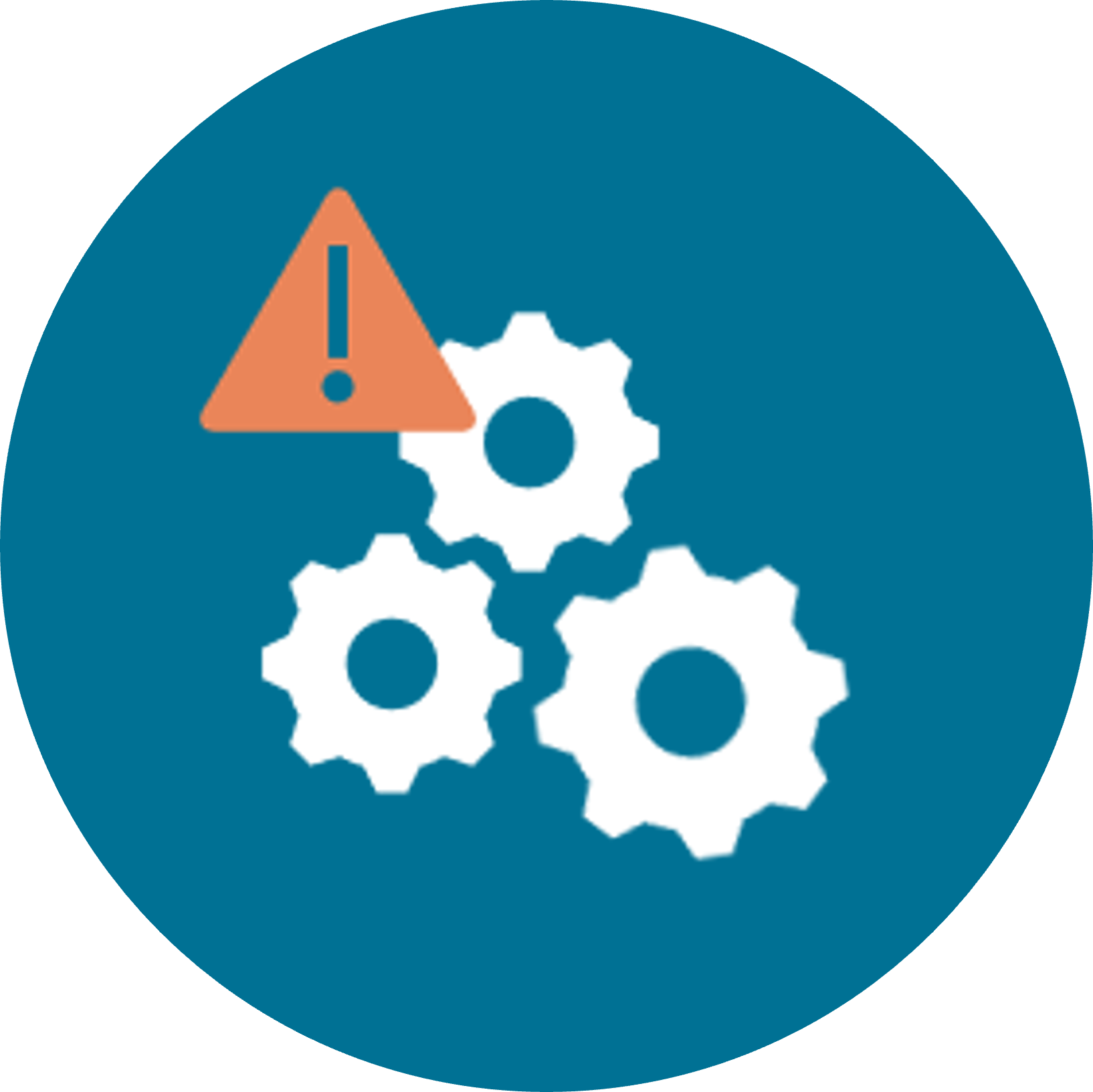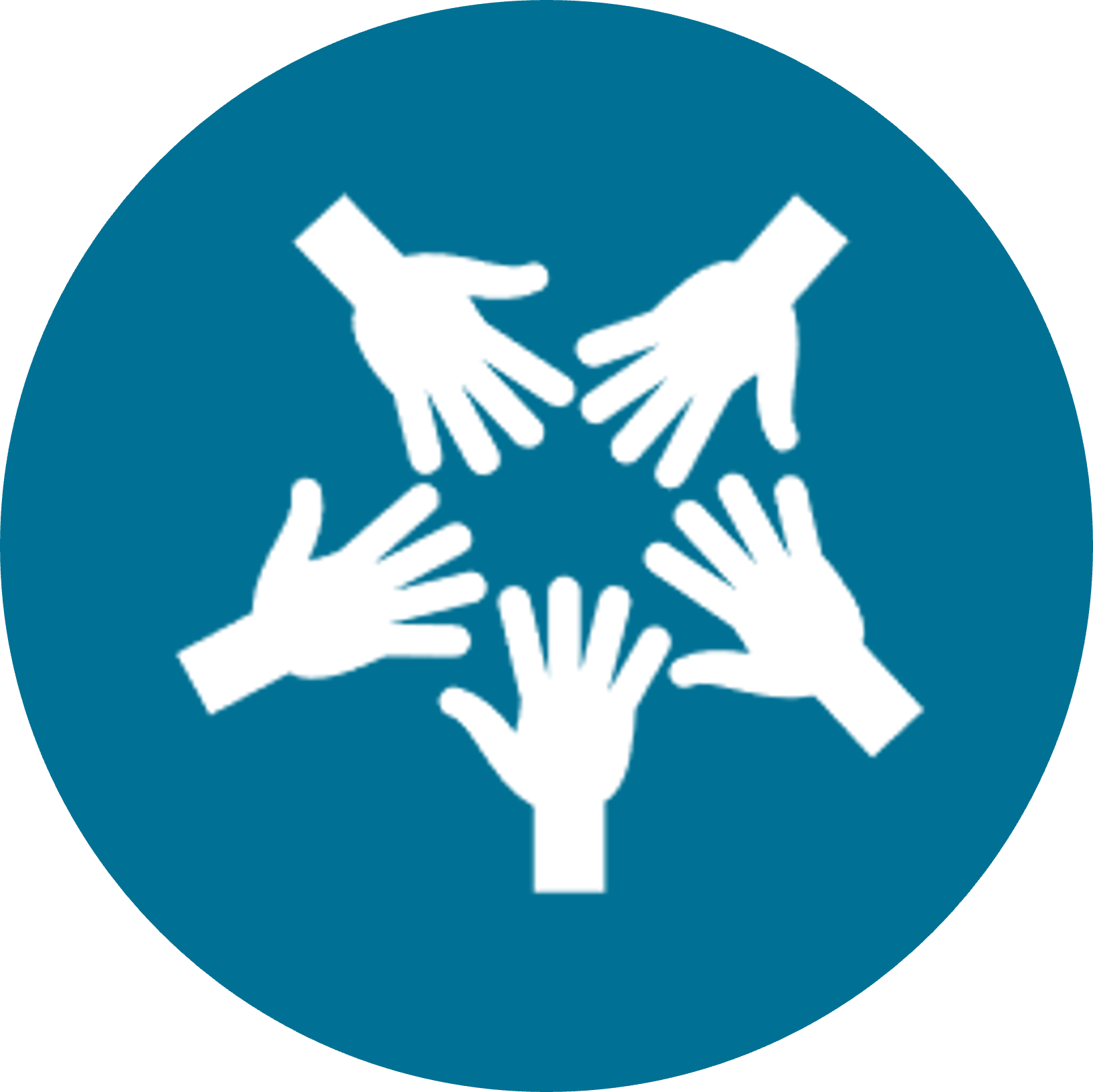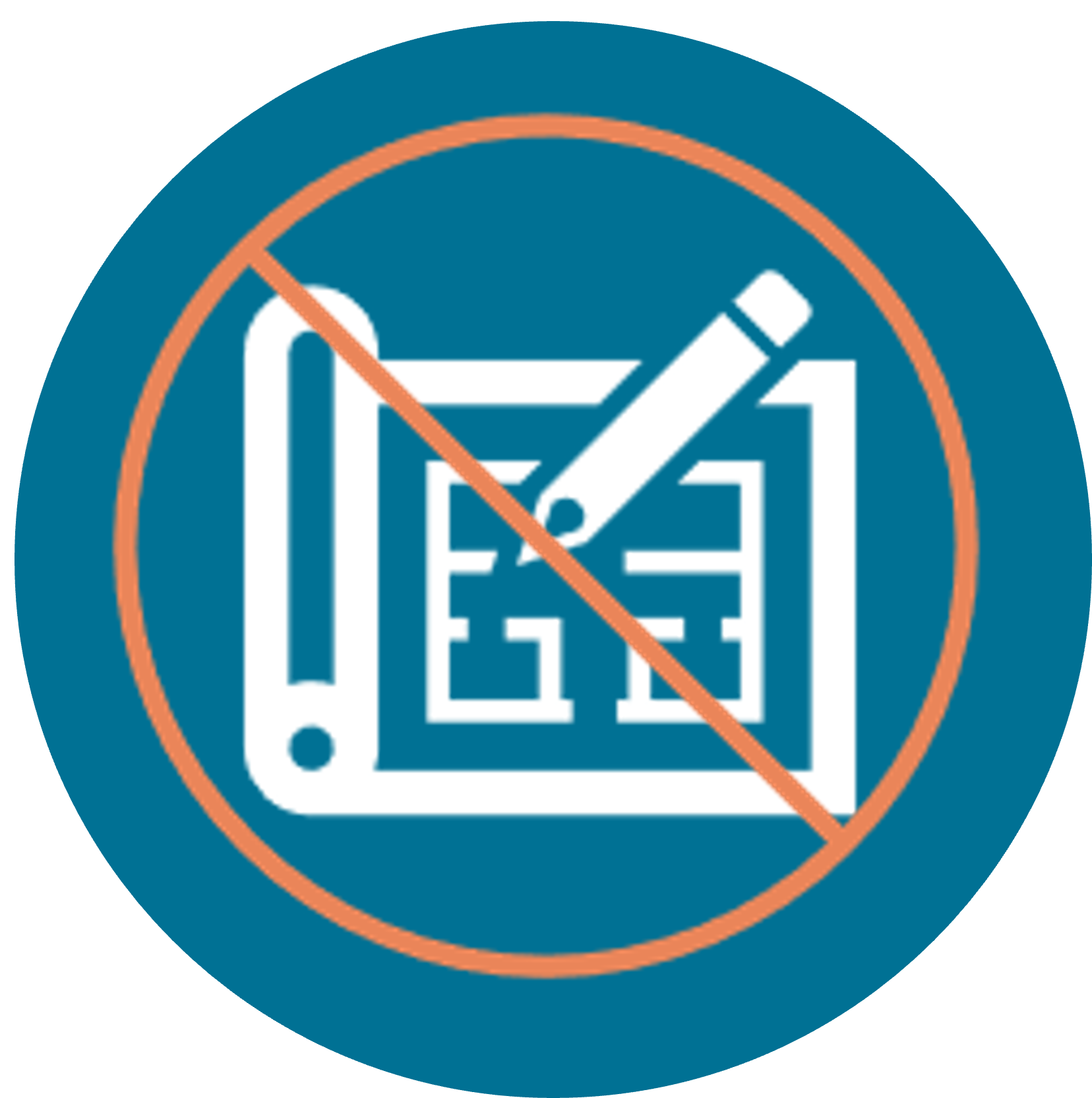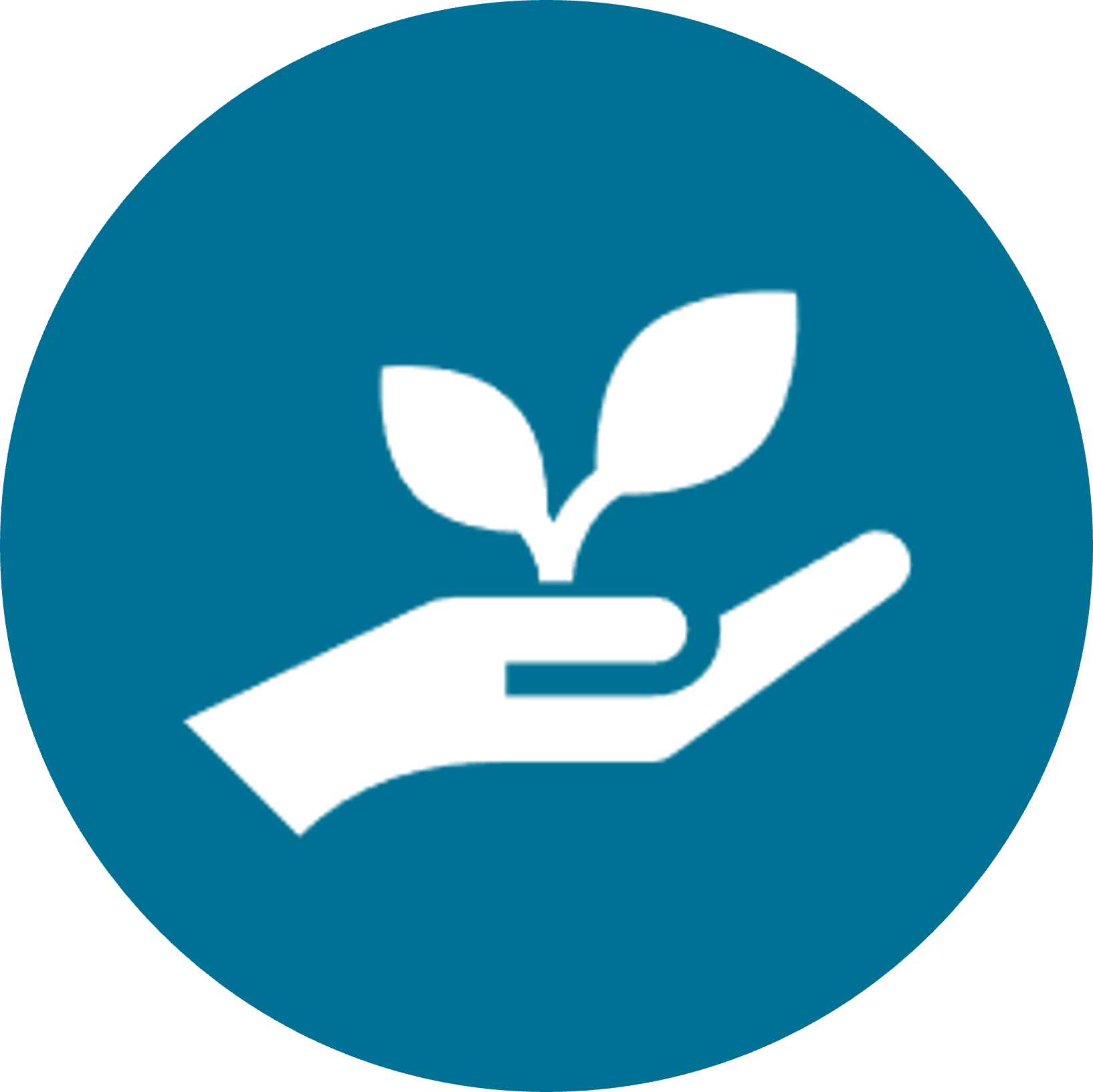Key messages on RID

Introduction
In the framework of GIDRM III, the following key messages of risk-informed development (RID) were developed and adjusted according to our lessons learned.
Development is taking place in a complex and uncertain environment of risks – at the same time current development pathways are creating risk faster than we can manage risk.
Cornerstones of sustainable development such as achievements in terms of poverty reduction, combat-ing illnesses and improving access to health care and education are fragile and are being undermined by new and emerging threats. At the same time, poor development choices can exacerbate or create risk. Disasters have impacts on a variety of areas such as public health, economy, governance, tourism, critical infrastructure (e.g. hospitals, transport, water, communication) and can have especially devastating effects in already fragile contexts and environments. Disasters wipe out many years of development achievements and reduce the development opportunities of countries. According to the latest UNDRR’s Global Assessment Report (GAR) “risk creation is outstripping risk reduction”. Going forward, safeguarding development achievements and the progress fostered by international agendas such as the Sustainable Development Goals (SDGs), the Paris Agreement or the Sendai Framework for Disaster Risk Reduction (2015-2030) relies on our understanding of risks and the integration of risk considerations in development decision-making.
Question: How do we shift the narrative from risk projections to future pathways?
Risk needs to be understood as being interdependent and systemic.
In our efforts to manage risks in order to support sustainable development, we often focus on single hazards such as floods, landslides or extreme weather events. In a world of increasing interconnectivity – whether between sectors, countries or individuals – risks cannot longer be managed in isolation but need to be treated as an inevitable component of complex and interconnected systems. Hazardous events can occur simultaneously leading to even more severe consequences. The COVID-19 pandemic illustrates these cascading impacts. Despite originating as a health crisis, the impact of the virus has burdened almost all sectors, entire systems, and societies globally and increased vulnerabilities worldwide. The risks that are being created are increasingly systemic and cascading across social, economic and environmental systems – making them virtually impossible to address retrospectively or in isolation through current disaster risk reduction (DRR) or mainstreaming approaches. The increasing level of systemic risk is at the point where it is now a potential existential threat to current social-economic development – and as the GAR 2022 points out, the projected increase in disasters and associated losses does not take into account future climate change impacts, nor does it consider extensive risk that account for the majority of disaster losses.
Question: Why, in the face of robust scientific knowledge of climate and disaster risk, and its causes and consequences, are the substantive part of national development policies still not persuaded of the urgent need for risk-informed development?
Disaster risk reduction is not enough – we need to transform our development pathways to risk-informed development.
Risk-informed development (RID) is an understanding of development that takes into account multi-faceted, dynamic, interdependent, transnational, simultaneous and systemic risks. This risk-based approach to decision-making enables societies to prepare, mitigate, and adapt to the evolving and com-plex risk landscape with the goal of strengthening resilience and safeguarding development in a sustainable manner. RID thus describes a shift in mindset – across sectors and stakeholders – from managing single hazards towards incorporating existing and future risks in all development processes from the outset and choosing development pathways that prevent the creation of risks. As highlighted in the GAR 2011, “the challenge is not to protect development (i.e through more disaster management), but to use it to address the underlying risk drivers”. RID is a continuous process of addressing risk in decision-making – and never neglecting it.
Question: Why do we assume that disaster risk reduction could or should protect the current development paradigm that is creating risk faster than we can manage it?
Building capacities and promoting an enabling environment to make decisions risk-informed is key.
Applying risk-informed development approaches, also depends on favourable conditions, i.e. an enabling environment for risk-informed decision-making. Key components of an enabling environment include accessible and actionable knowledge and information, policies and a legal framework that guide and regulate decision-making as well as the respective financial backing and organizational capabilities needed for effective implementation. Further, an enabling environment is carried by collaboration between various stakeholders and sectors to increase knowledge, prevent siloed responsibilities and overcome ambiguities.
Questions: Why do we assume that better risk knowledge will trigger political action and determine policy? How can current institutional architecture better support a transition towards more risk-informed development pathways?
Fostering the participation of all members of society and systemically addressing inequalities are cor-nerstones of risk-informed development.
Disasters magnify existing social inequalities and further disadvantage those, who are already more vulnerable. Vulnerability varies, for instance, depending on structural power dynamics, social norms, gender roles or individual factors such as location, income, age, disability, sexual orientation, ethnicity, gender, access to social protection systems etc. Inequality hence is a driver of risk that concerns the wider environmental and social conditions that limit people and communities to cope with the impact of hazards and interconnects with most (if not all) other risk drivers, such as poverty, climate change, conflict, urbanisation, or forced displacement. To ensure risk-informed development, the perspectives and needs of all members of society need to be considered. Only by capturing different vulnerabilities and capacities, the whole range and complexity of risks can be identified. Moreover, what is considered acceptable or unacceptable risk, or what is an optimum strategy for RID, has to be informed by the primary bearers of risk – affected people and local actors.
Question: How do national development planning and decision-making processes incorporate the voices of the most vulnerable?
There is no universal blueprint – risk-informed development needs to be tailored to the context with sufficient flexibility to re-evaluate and adapt continuously.
Each development context is different and so are the risks that manifest within a given context. The same policies and decisions that are risk-informed in one context, might create risk in other contexts. Complex interactions between hazards, exposure, vulnerability, and coping capacities, as well as knowledge about them, are constantly evolving. As risk dynamics and constellations shift, regular iteration and re-evaluation is necessary. This requires continuous gathering of information and learning, and if necessary, readjusting or reversing decisions that are no longer adequate given the change in context or available knowledge. Rather than working towards quick wins or an endpoint, RID is about working towards a long-term vision of a liveable future, which requires considering the potential impact of day-to-day decisions from a risk perspective.
Question: How do we develop regenerative approaches that turn risk drivers into sustainable growth enablers?
Risk-informed decision-making is a prerequisite for sustainable development and fundamental to preventing the creation of risk.
Each development decision has the potential to foster resilient and sustainable development, but it is also potentially contributing to the creation of new or additional risks. When decision-making processes do not carefully consider existing and potential future risks, they might undermine sustainable development. Reducing and managing risks is thus not only critical for the achievement of the Sendai Framework but also of the SDGs. In a world where risk is systemic and cascades across social, economic and environmental systems which are the underpinning of human wellbeing, disasters cannot be considered separate from development; extreme shocks and stresses provide unique insights into the relative strengths and weaknesses, critical interdependencies, limits and boundaries that define our development. This understanding of risk can point to transformational change required for future development pathways to foster resilience and ensure longer-term sustainability.
Question: How do we bring considerations of risk into the heart of national strategic development planning, particularly related to economic and employment growth strategies?
